|
*This post contains affiliate links. I receive small commissions for purchases made through these links at no extra cost to you. These commissions help me keep this site up and running, in order for me to keep providing helpful and inspiring art content. :)
Ever wondered how to go about painting a watercolor landscape? Do you find complex, layered watercolor compositions too hard or intimidating to create? Are you curious about painting a unique landscape using a photograph as reference? Painting a watercolor landscape can definitely be daunting when an artist is just starting out with this medium, especially due to its fluidity and transparency. We often hear that watercolors are "difficult to control" and "unforgiving", which may cause beginners to stay away from painting certain types of compositions. This, if you ask me, is a complete shame. I'm here today to encourage you to give watercolor landscapes a try! If you have a basic understanding of this painting medium, as well as Art Fundamentals like perspective and proportion, it's not as difficult as you may think. In this post and the video included here, I will be taking you through my complete process, one-step-at-a-time. I will also be sharing some of my personal tips and tricks that allow me to create specific textures, depth and dimension. If you're just getting started, I would highly recommend checking out my Watercolor 101 course over on Gumroad. It includes everything you should know about this tricky medium, as well as essential exercises that will help you progress faster. Welcome to the fourth (and final) part of the Watercolor Landscapes for Beginners Series!In this series, I have broken watercolor landscape compositions apart into commonly used elements and/or layers in order to help you gain a better understanding of the painting process. By making time to study individual elements before jumping into a complete composition, you gain confidence in your painting skills and increase the chances of producing a finished piece you'll actually be proud of! A landscape composition is usually made up of different layers (foreground, middleground, background), as well as a large variety of colors and textures. The artist has to have a good sense of compositional arrangement, depth and perspective. All of these items are very important when attempting to recreate any kind of believable scenery that is visually appealing and balanced.
|
Painting Process
Watercolor Mountain Landscape
All of the "base" layers of paint were created using the wet-on-wet technique. I used less and less water in my paint mixtures as I moved on with subsequent layers, which allowed me to create deeper values, textures and details.
Personally, I don't like my pencil lines to show through my paint, so I do my best to draw as lightly as possible using an HB pencil and even go back to erase what I can before starting to add my color in.
2. I painted the first layer of my sky using the wet-on-wet technique.
Using my two inch paintbrush, I wet my entire sky area using clean water and started adding in my first layer of blues, making sure to create a variety in values since the very beginning (I used my rag to do lifting wherever I wanted to create the illusion of clouds).
I then decided to allow my first layer of paint to dry, jumping to the opposite side of my painting. *Refer to the How to Paint a Watercolor Sky blog post/video.
3. I wet the entire grass section of my sketch using clean water. I then dropped in and played around with a few yellows/light greens until I had to allow that section to dry.
4. I wet the entire mountain area and started dropping in and playing around with greens in this section, making sure to observe my reference picture in order to have a general idea of where darker values would be created later on (this is very important especially when there are overlapping elements present).
5. At this point, I went back to finish my sky area by adding darker blues and a bit more definition in specific areas of my clouds.
I was very careful not to go overboard! Add some definition here and there, and leave other areas blurrier.
6. I decided to jump to the lake area of my picture because the sections around it were already dry.
Again, I wet this area with clean water and started dropping in my blue paint mixtures, making sure to create a tonal variety since the beginning. I allowed this area to dry.
7. Jumping back to the dry mountain area, I started adding in deeper, darker values.
I made sure to observe my reference picture constantly for this, but wasn't attempting to make everything exactly the same. It's important to be very careful when placing darker values of color because you risk flattening out your painting!
8. I jumped back to the middleground/foreground area, adding in deeper, darker greens where I saw them in the picture, allowing the lighter greens already there to show through.
9. I created a purple paint mixture and quickly practiced my lavender flowers before adding them into my painting. I added a few here and there, but made sure not to go overboard.
I also made sure to place them in irregular patterns and to make some smaller than others.
Remember, when painting anything natural, go for asymmetrical and irregular patterns and shapes! *Refer to the Watercolor Flowers and Rocks blog post/video.
10. At this point, I wanted to start adding in trees/plants and started with the ones located in the middleground.
I used gentle scribbling motions in irregular triangular shapes to give the impression of pine trees in the distance, and made sure to keep them quite small, as they are quite far away from the viewer.
It's very important to give thought to the size of each element you'll be adding in, as this helps give off the impression of depth and perspective.
11. I could tell that my mountains (which had already dried) required a bit more contrast and darker values in certain areas, so I went back to work on them.
12. Jumping back to the foreground, I used a darker green to add in the effect of short shrubs/plants in some areas. I used a scribbling motion to create these textures.
Remember, you're creating the illusion of plants, and not trying to paint every single detail! I recommend keeping it loose and expressive!
13. At this point, it was time to add the large tree in the foreground!
I created my lightest and most translucent green and started adding in the illusion of the layered leaves I could see in the picture using light scribbling motions. Once I was done laying down the general shape of the tree, I started adding in deeper greens in certain areas, making sure to not go overboard.
14. I created a light and translucent green paint mixture and started adding in individual blades of grass using upwards strokes with my smaller round brush.
I knew I was going to go back in later with a variety of greens to make this area look more believable.
Remember that the blades of grass that are farther away (closer to the horizon line) have to be a lot smaller than the ones closest to the viewer. Once my initial layers of green grass had dried, I start adding in my mid-to-darker values.
15. Finally, I stepped away from my painting and compared it to the reference image in order to pinpoint where darker values have to be added in.
Because watercolor paint dries lighter than it looks when wet, usually deeper contrast has to be created later on.
Don't be afraid to add darker values! Just make sure to add them deliberately and carefully (only where necessary and never covering up large areas of your previous layers entirely).
Colors I used for this landscape study:
Ultramarine Blue
Prussian Blue
Grass area
Permanent Green Olive
Lemon Yellow
Mountain area
Permanent Green Olive
Lemon Yellow
Ultramarine Blue
Water area
Ultramarine Blue
Prussian Blue
Permanent Green Olive
Plants and Trees
Ultramarine Blue
Permanent Green Olive
Sepia Brown
Lavender Flowers
Permanent Carmine
Ultramarine Blue
I'd love to hear from you in the comments section below.
Hi Kiara,
I'm glad you found this post helpful and I hope that it inspires you to continue with your art journey! :) Let me know how it's going for you!
Good tutorial. I too, am fairly new to the medium and really enjoy seeing a 'play by play' from talented artists. Thanks
Hi John,
I'm really glad to hear that you enjoyed this and also that you're giving watercolors a go!
I'd love to know more about how your journey progresses...what you're finding easiest and hardest about the medium, etc.
Do let me know how it's going for you!
Thanks so much for taking time to comment!
Hi Natalie,
I'm so happy to hear that you're enjoying what I'm putting out there!
Thanks so much for taking time to comment!
Have a wonderful day! :)
I have such a hard time painting landscapes, so I love how you broke down that a landscape is typically foreground, middleground, and background. I'd been painting it as just two layers, so this is extremely helpful. I'll definitely keep this in mind for my next art project.
Hi Taylor,
I'm very happy to hear that you found this post helpful! The layers certainly help add more realism and a sense of depth to landscapes.
Do let me know how it goes for you! Thanks so much for taking time to comment! :)
Hi Erika, I really enjoyed how you explain everything so thoroughly. What size of paper would you recommend for this landscape? I never know which size to choose since it seems that the bigger the size the harder it is to paint. Thank you.
Hi, Eva!
Hope you're having a lovely day. :)
I'm glad you enjoyed this one.
I usually use either a full 9x12 inch sheet from a watercolor paper pad or cut a sheet of this size into halves. I believe this is what I did for this little landscape.
Hope this helps! Have a lovely day and take good care.
Leave a Reply.
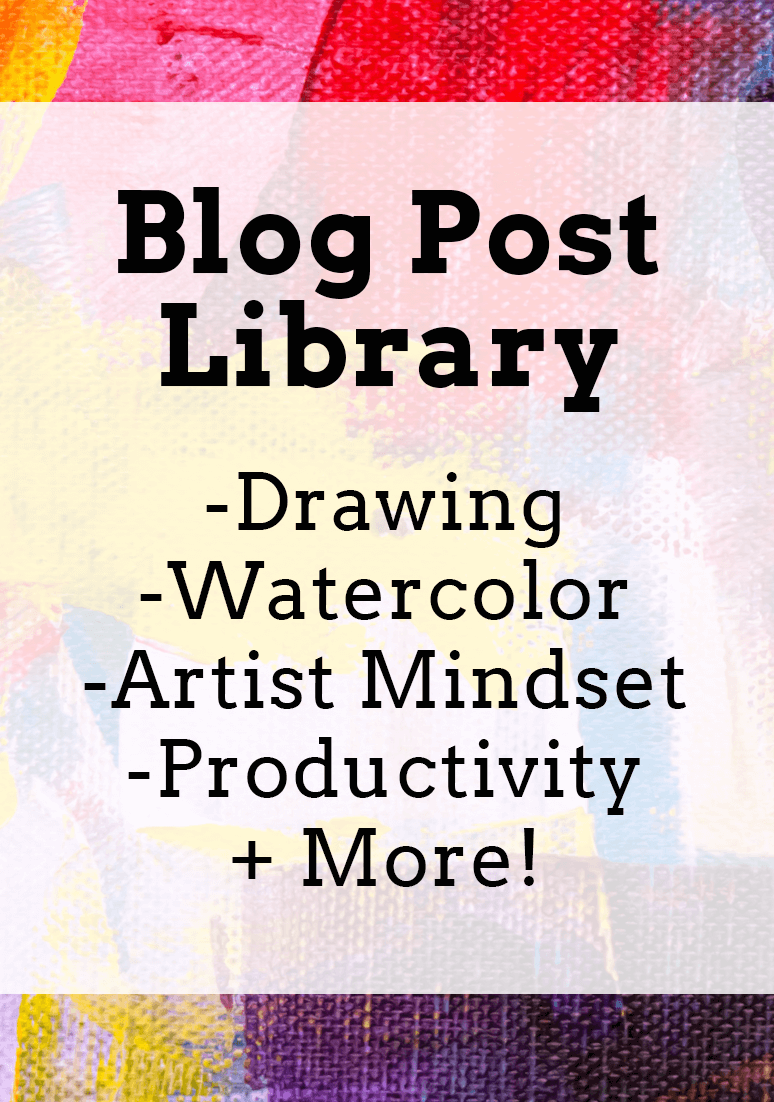
is a participant in the Amazon Services LLC Associates Program, an affiliate advertising program designed to provide a means for sites
to earn advertising fees by advertising and linking to amazon.com.
www.erikalancaster.com
is a participant in the Shareasale.com Affiliate Program, an affiliate advertising program designed to provide a means for sites to earn advertising fees by advertising and linking to Shareasale.com partner companies.

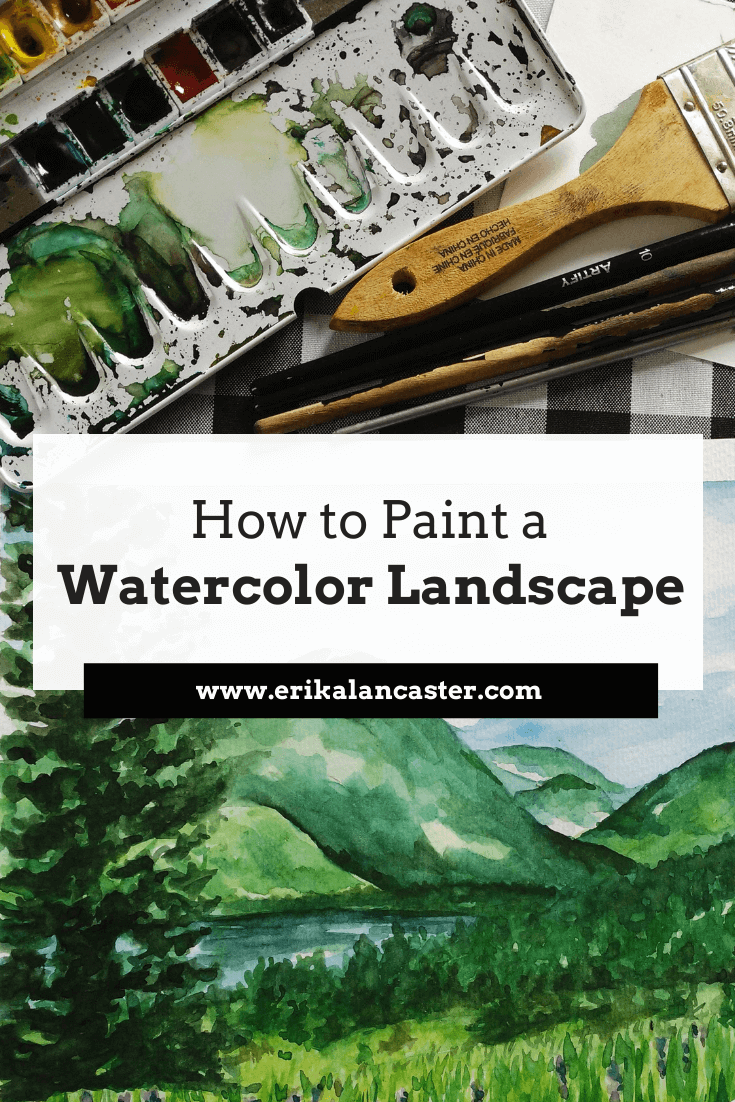
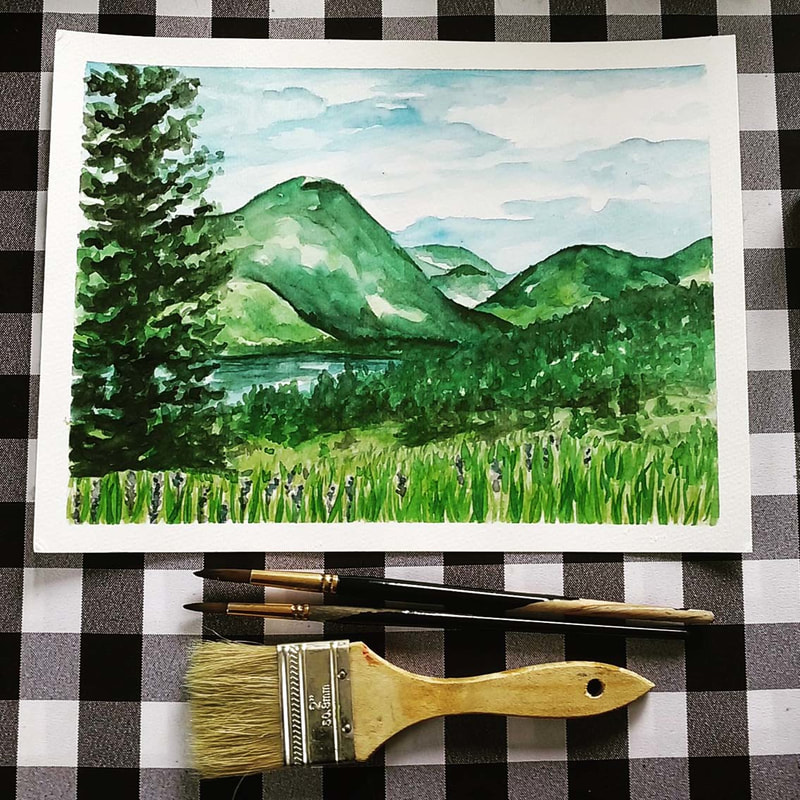
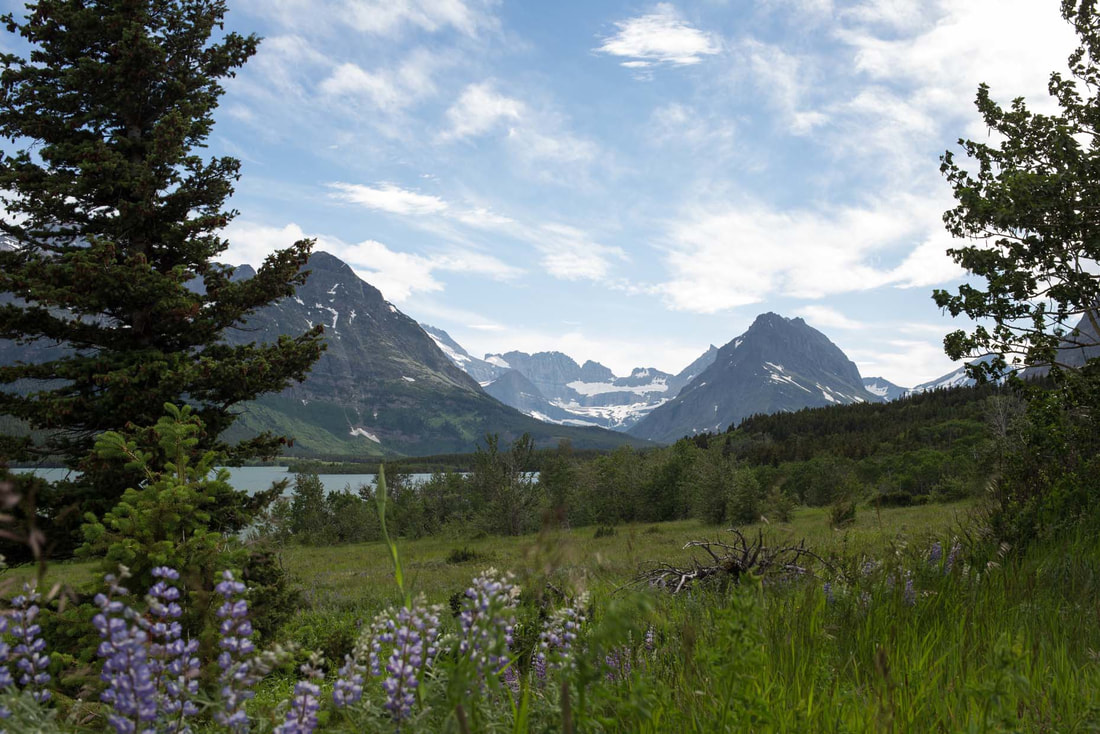

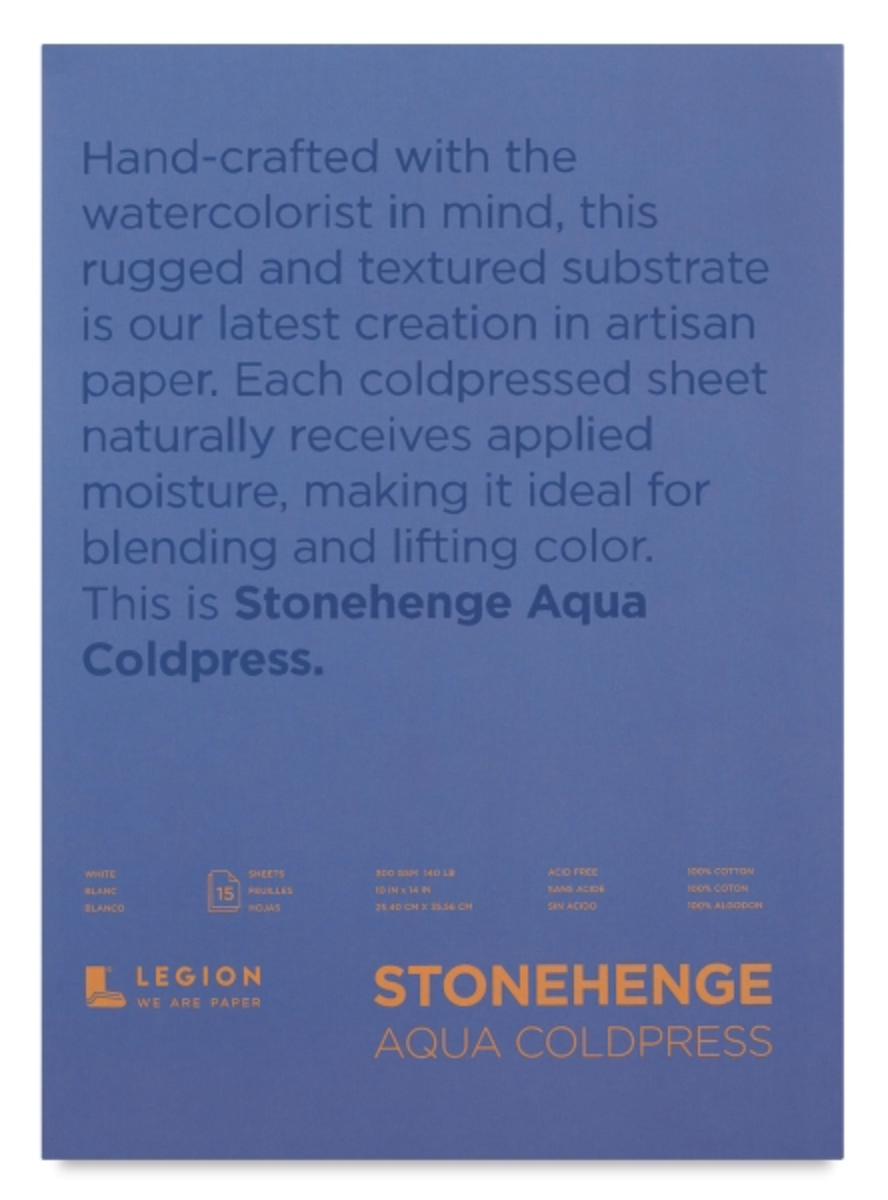
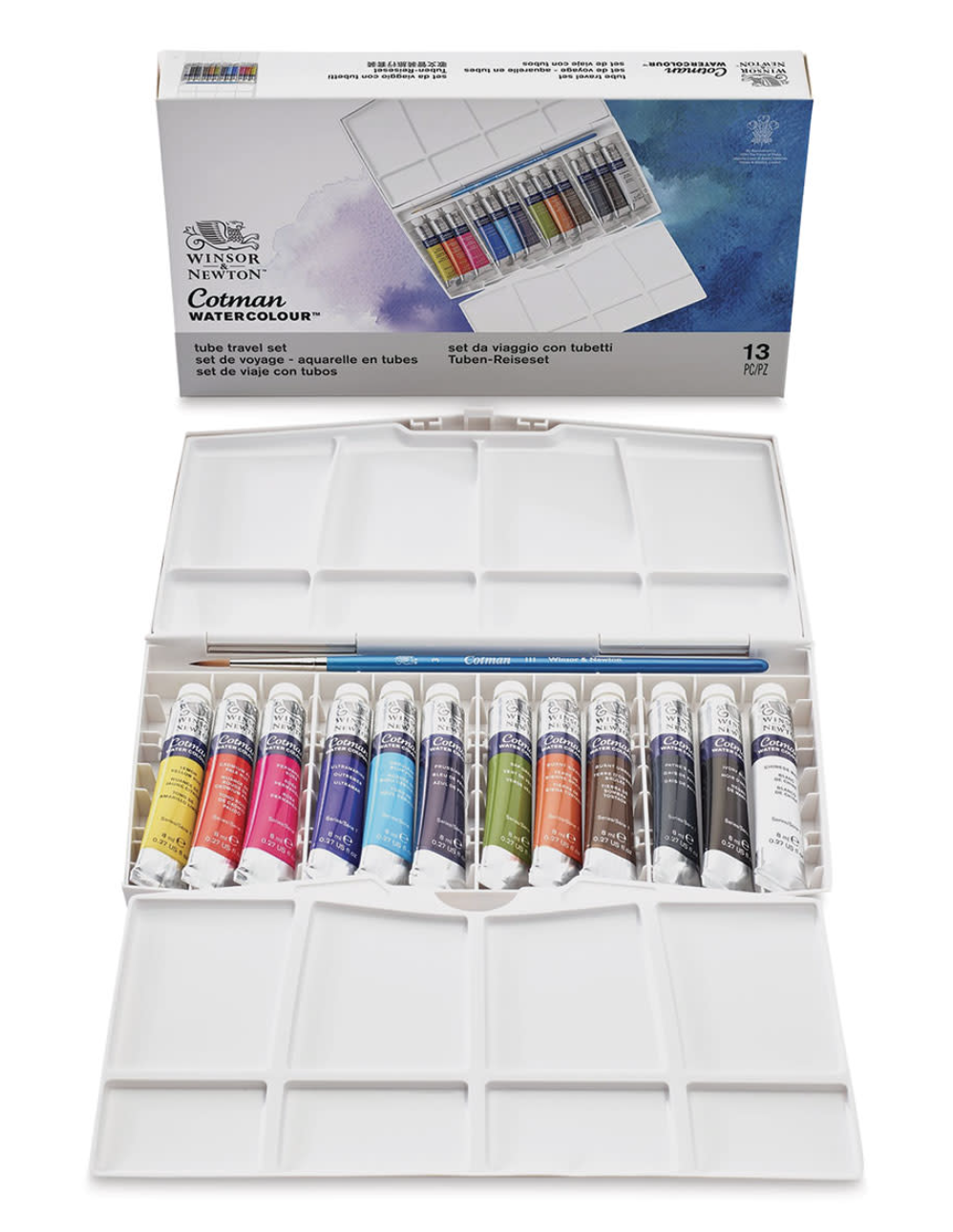

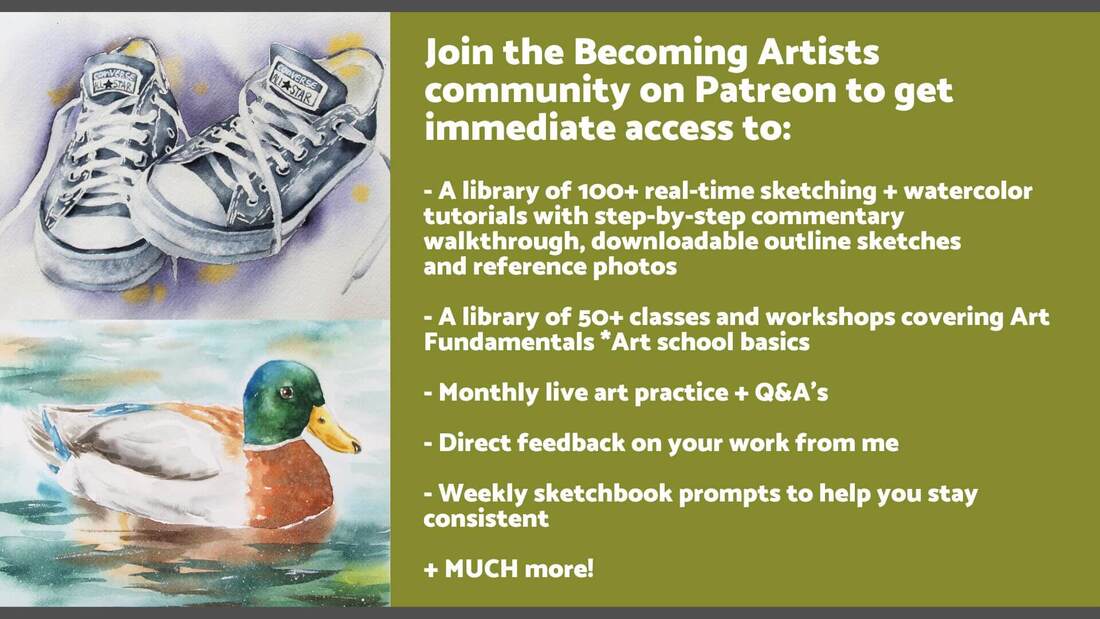
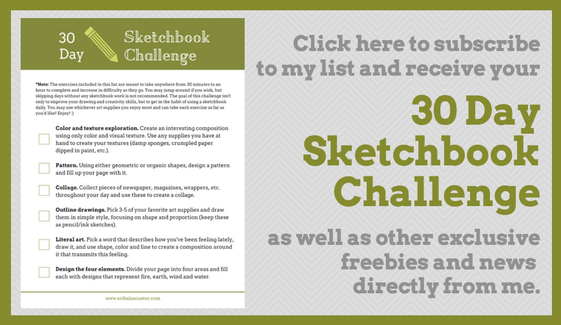

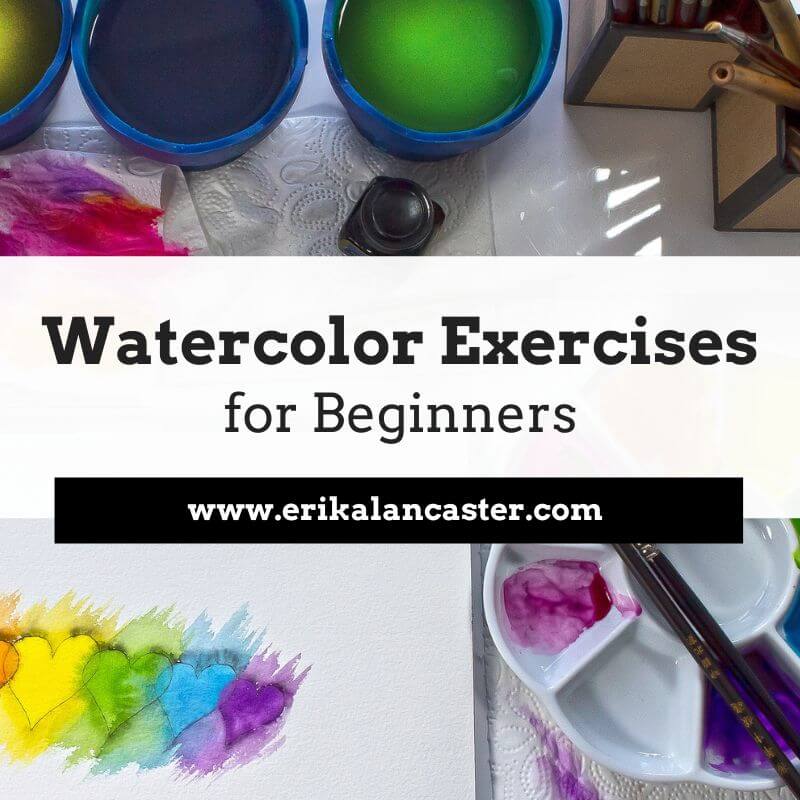


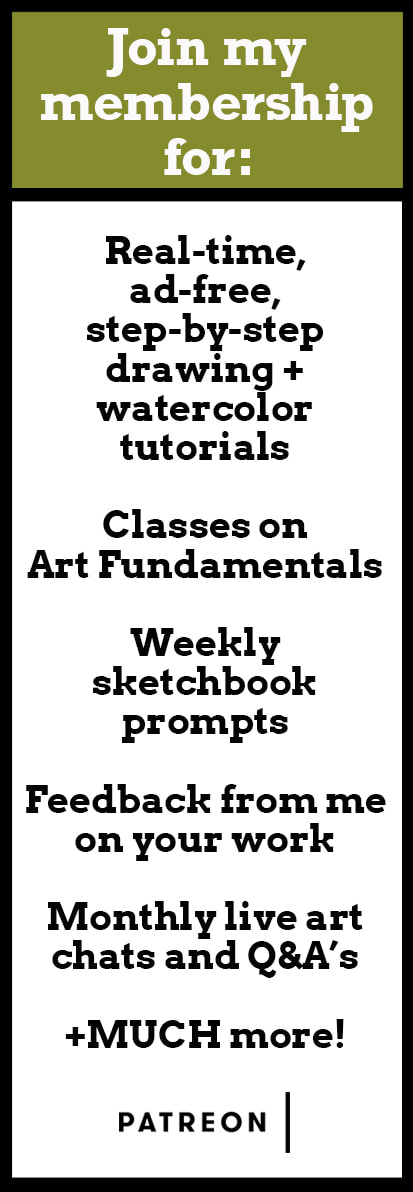


 RSS Feed
RSS Feed

